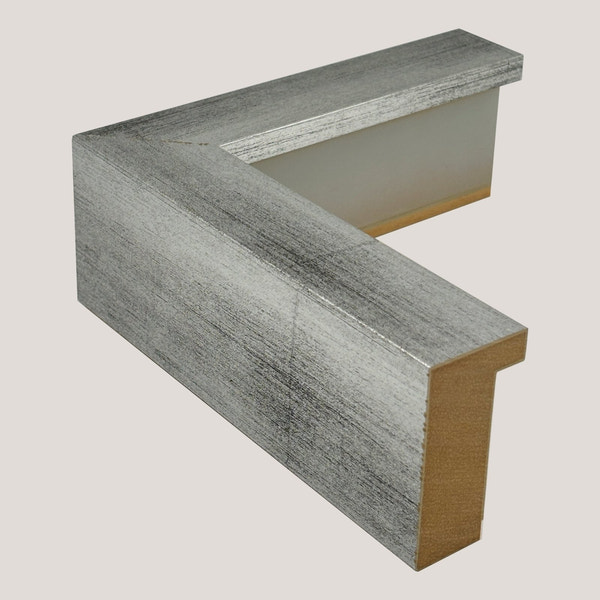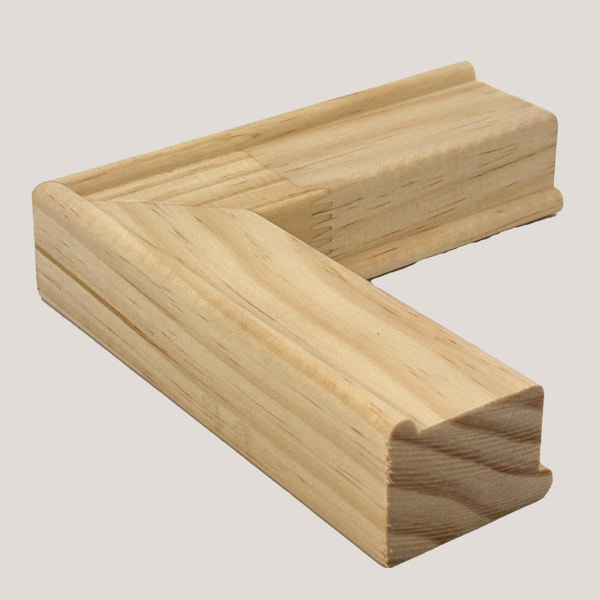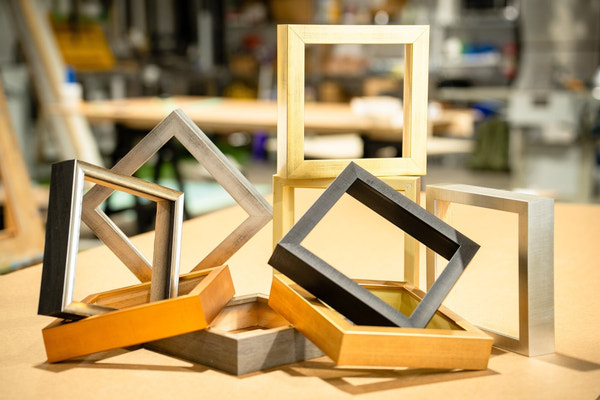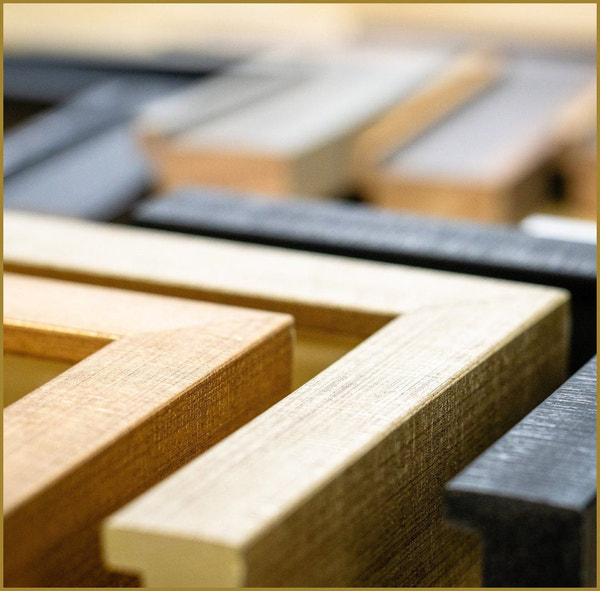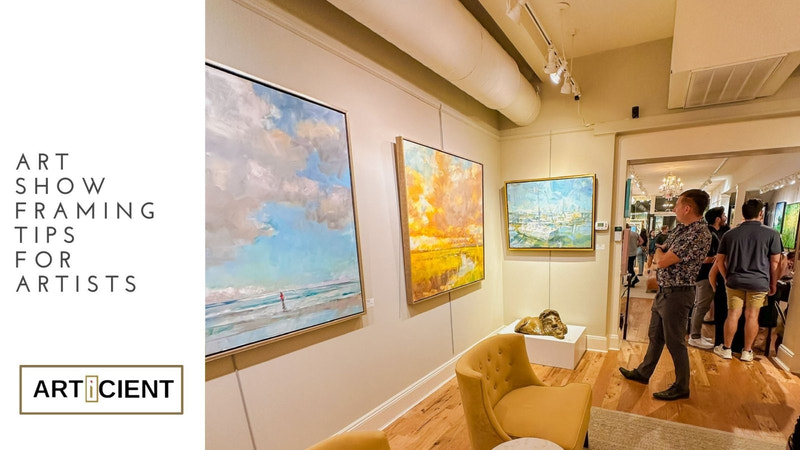Art Show Framing Tips for Artists
Art shows are exciting for artists to display their work. However, moving frames often causes chips and dings. Whether indoors or outdoors, protecting frames is a big challenge. Fortunately, most buyers at art shows don’t mind small imperfections. In fact, these events are often seen as “as is” markets. Below, we’ll share practical art show framing tips for artists to protect frames, choose the right ones, and manage displays effectively.
Don’t Stress About Frame Imperfections
To begin, frame damage is common at art shows. Constant movement leads to chips, dings, or scratches. Surprisingly, most buyers overlook these flaws. For example, they focus on the artwork itself. Moreover, a small ding can be a negotiating tool. If a buyer walks away over a blemish, they likely weren’t serious. Instead, highlight the art with the right frame. Buyers love artwork that stands out, not perfect frames.
Protect Your Art and Frames
Of course, protecting your work is still important. Specifically, focus on three key areas: transportation, loading, and show management. By planning ahead, you can reduce damage. Here’s how to handle each:
- Transportation: If it moves, it breaks. Use cardboard between pieces and secure with straps. Alternatively, bubble wrap or padding works well. For shipping, pack boxes tightly. Do a shake test. If you hear movement, add more padding like crumpled paper.
- Loading and Unloading: For vehicles, layer smaller works on the floor first. Next, add cardboard, then larger pieces. Use corner protectors and fill gaps with foam or bubble wrap. Keep everything tight to avoid shifting.
- During the Show: Movement is constant at busy shows. When your booth is empty, move sold pieces to the bottom. Then, place unsold works in prime spots. This keeps your best art visible.
Choose the Right Frames for Art Shows
Importantly, some frames handle shows better than others. For instance, distressed or textured frames hide blemishes well. On the other hand, smooth finishes show every chip. Consider these frame options:
- Reid Frame: Black sides with a grainy feel. A black sharpie hides dings easily.
- Hester Frame: Dull black sides allow quick touch-ups.
- Kiawah Line: Solid wood with knots and grain. Natural marks add character.
- Anson and Fulton: Finishes make touch-ups simple.
- Traditional Frames: Archdale, Grove, Bluffton, Drayton, Gadsden, and Middleton have natural distressing. Sharpie touch-ups work well.

Conversely, avoid heavy or smooth-finished frames. For example, Vendue and Warren are bulky and hard to handle. Their smooth surfaces make chips stand out. Similarly, Tinsley and Logan are lighter but have fragile finishes. Repairs on these are trickier.
Practical Art Show Framing Tips
Beyond frame selection, display setup matters. Often, booth space is limited, forcing some art lower. To improve visibility, use cheap plastic cups. Place them between the frame’s bottom and the wall. As a result, the painting angles upward, catching more light. Additionally, adjust hanging wires. Tighten them and mount higher to prevent downward tilting. This ensures artwork faces viewers directly.
Transportation to Art Show Tips in Detail
To elaborate, transportation requires extra care. Whether driving or shipping, movement causes damage. For vehicles, pack tightly to prevent shifting. Cardboard layers between pieces are affordable and effective. Meanwhile, corner protectors save edges from dings. If gaps exist, fill them with foam boards or bubble wrap. For shipping, the same rules apply. Use sturdy boxes and plenty of padding. A shake test confirms nothing moves inside. If it does, add more filler.
Loading and Unloading Art Show Frames Strategy
Next, loading and unloading need a system. Many artists start with smaller works on the vehicle floor. After that, they add a cardboard layer. Larger pieces go on top, with the biggest last. Corner protectors and tight packing prevent movement. If you’re unloading at the show, move carefully. Avoid stacking frames loosely, as this leads to scratches.
Managing Movement During the Art Show
Furthermore, shows involve constant activity. Paintings are moved as sales happen. To stay organized, talk to customers first. When your booth is quiet, rearrange. Move sold pieces to the bottom of stacks. Then, bring unsold works to prime spots. This keeps your display fresh and engaging.
Why Frame Choice Matters
Equally important, frame choice impacts your show experience. Distressed frames like Kiawah or Hester blend imperfections naturally. Their textures hide small dings. In contrast, smooth frames like Vendue show every flaw. Additionally, lighter frames are easier to handle. Heavy ones, like Warren, slow you down and risk more damage. Choose frames that balance style and practicality.
Touch-Up Tricks for Frames
In addition, quick fixes save time. For example, a black sharpie works wonders on Reid or Hester frames. Their textured sides hide touch-ups well. Similarly, Archdale and Grove frames respond to sharpie fixes. For natural wood frames like Kiawah, dings blend into the grain. Don’t stress about perfection. Buyers value the art, not flawless frames.

Display Hacks for Small Booths
Lastly, small booths need creative solutions. Limited wall space means some art hangs low. To fix this, use plastic cups as spacers. Place them at the frame’s bottom to tilt it upward. This catches light and draws eyes. Also, check wire tension. A tight wire, mounted high, keeps paintings level. These small tweaks make a big difference.
Final Thoughts on Art Show Framing Tips
In conclusion, art show framing tips for artists focus on preparation and practicality. First, don’t worry about minor frame dings. Most buyers don’t care. Second, protect your work during transport, loading, and shows. Use cardboard, straps, and padding. Third, choose distressed or textured frames. They hide blemishes better than smooth ones. Finally, optimize your display with cups and tight wires. By following these tips, you’ll reduce stress and showcase your art effectively.
